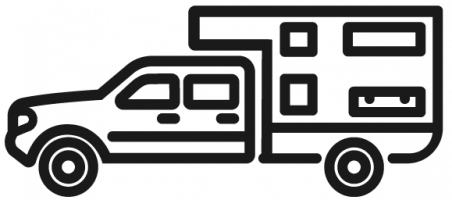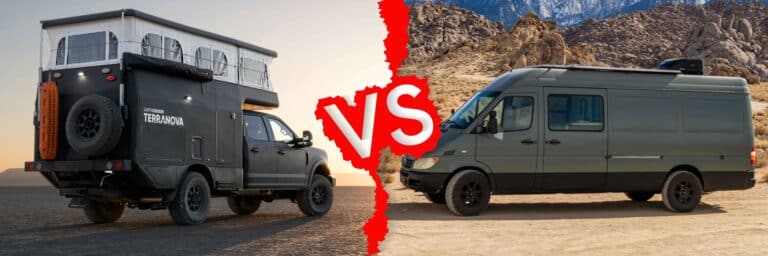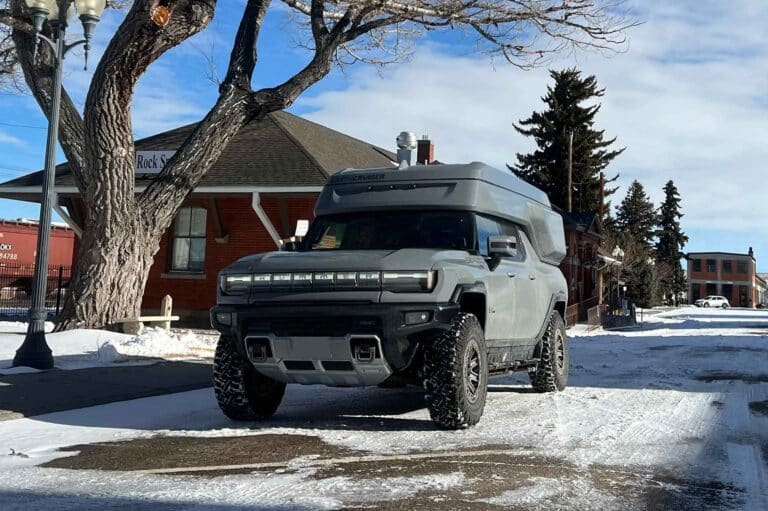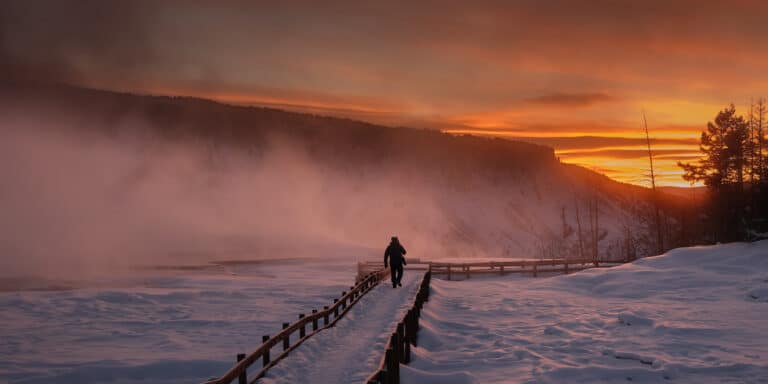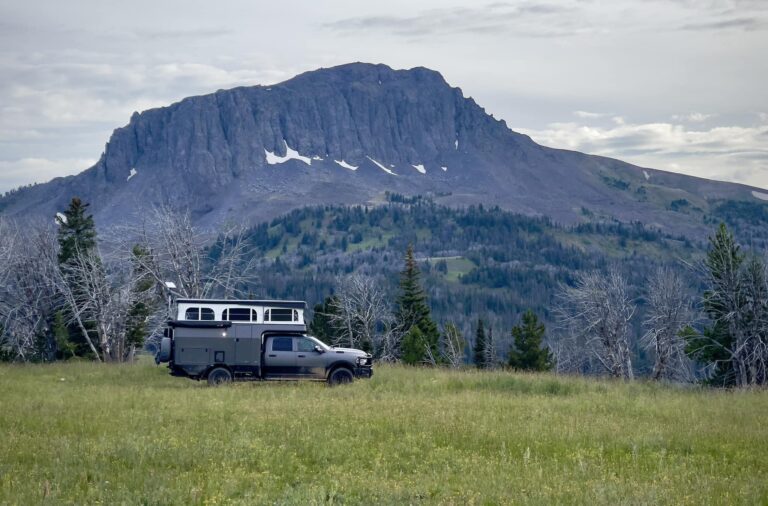Embarking on a global overland journey is an exciting endeavor, but the paperwork required for international overlanding can be a buzzkill. From personal documents to vehicle paperwork and insurance requirements, the checklist seems endless. Fear not, as we present our quick guide to get you past bureaucratic boredom and onto the road. In this article we’ll cover:
- Passport
- Visas
- Proof of Onward Travel
- Driver’s License
- International Driving Permit (IDP)
- Vaccination Records
- Medical Insurance
PERSONAL PAPERWORK
PASSPORT
Check your passport early in the planning process and ensure it’s valid for the entirety of your trip plus an additional six months. Why the extra time? A significant number of countries make this a firm requirement upon entry. Also ensure you have enough blank pages to hold the visas and stamps you’ll collect on the way. Some countries require a minimum number of blank pages before they’ll grant you entry, 2-4 pages being common.
Standard processing times for US Citizens are commonly 7-10 weeks, so it’s important you begin the renewal process early. If you’re traveling for an extended time, you may have to renew your passport on the road at an embassy abroad. Each embassy has different rules and estimated processing times for doing so. The good news is that it’s sometimes possible for US Citizens to renew in person at an embassy within 24-48 hours. It may be possible to obtain a second passport should you find yourself needing to mail off your passport for visas while overseas.
VISAS
One of the first things you’ll want to research is visa requirements for each country you plan to visit. What type you’ll need, how long it is valid, where to obtain it, and how to renew it. The most reliable place to find information on visa requirements for specific countries is directly through that country’s embassy. The US State Department’s website is an excellent resource for US Citizens, with a handy search feature that brings you directly to visa information by country. Some countries grant visa-free entry, which means you’ll simply need to stamp in and out. Others will allow you to purchase a visa at the airport or land border. Some countries require obtaining a visa in advance, sometimes requiring a letter of invitation before you can apply for your visa.
If you plan on remaining longer than standard visas allow, ensure you clearly understand the rules on extending your visa or obtaining a new one after temporarily leaving that country. For complicated trips, you may consider enlisting the help of a visa service. The cost will be more than if you handled all your visas yourself, but such a service can help expedite and coordinate the shipment of your passport between embassies. When purchasing visas online, beware of look-alike scam websites, an increasingly common way to steal money and identities. Always carefully check that you only purchase your visa from the official government website.
For obtaining visas upon arrival, either by land or air, ensure you know in advance if you need to provide photographs of yourself. It’s good practice to carry a few spare photos, just in case. For travel through the Middle East be aware that women may need to wear hijab for their visa photographs.
PROOF OF ONWARD TRAVEL
An often overlooked paperwork requirement for international overlanding is not having proof of onward travel. Some countries are increasingly concerned about travelers overstaying their visas or illegal immigration and, therefore, will ask travelers to provide proof that they intend to depart their country. Most commonly, this is an airline, bus, or train ticket, which overlanders often don’t have when they plan to depart via road. Sometimes, proof of hotel reservations in your next country will suffice; other times, you might have to get creative and book a sacrificial cheap flight or purchase a refundable flight. Currently, several countries in Central and South America, including Peru, Brazil, and Costa Rica, can be picky about this requirement. It’s worth planning ahead to avoid being denied entry at the border. Several African and Central Asian countries also require proof of onward travel.
DRIVER’S LICENSE
Like your passport, check your driver’s license early in the planning process to ensure it will remain valid through the entirety of your trip. Replacing a lost or expired license while overseas means having to do so online or via mail. Embassies don’t provide this service. Waiting for a replacement license to arrive in the mail has the very real potential to delay your overlanding trip, so take extra care of this document while traveling. You’ll be asked for your license at land borders and when purchasing insurance, but often an IDP (see below) will suffice.
INTERNATIONAL DRIVING PERMIT (IDP)
This simple paper document is easily and quickly obtained via AAA in the US and at national auto associations for other nationalities. It serves as a copy of your driver’s license translated into ten languages and is recognized by most countries and required by some. You’ll be asked for it at some land borders, and it is often the easiest thing to produce if pulled over or questioned by local authorities. It also has the advantage of being only $20, making it only a minor inconvenience if lost or left behind with officials. It’s a good idea to bring two copies on your overland journey, just in case. In a few countries, your IDP alone isn’t sufficient. To drive in China, for example, you must get a temporary Chinese driver’s license which can be obtained at the local police department.
VACCINATION RECORDS
Most countries have dropped vaccination requirements for COVID-19, but many require proof of vaccination against diseases such as Yellow Fever. Check with your travel doctor as to what vaccinations are recommended for each area you plan to visit. Have them fill out a “vaccine passport” and a “yellow card” for proof of Yellow Fever vaccination, if needed. The alternative may mean having to obtain your vaccination at a location abroad which may not meet your expectations of safety or hygienic standards.
MEDICAL INSURANCE
Carefully review the terms of your medical insurance plan to find out if you’re covered overseas. U.S. health insurance plans often don’t cover regular and routine medical care abroad and will only cover urgent or emergency care. Purchasing a separate travel medical insurance policy can help to offset costs and provide peace of mind.
Proof of medical insurance is now required for entry into a growing number of countries including Nepal, Bolivia, and Rwanda. You can purchase medical insurance as a standalone plan or as part of a comprehensive travel plan. Look for companies that offer telemedicine if you’re traveling to remote areas or have existing conditions that need frequent management.
You might also consider purchasing evacuation insurance, which typically must be acquired separately via a specialty company. Airlift evacuations can cost hundreds of thousands of dollars and repatriation after an accident can add further expenses not typically covered by standard insurance.
OVERLAND VEHICLE PAPERWORK
TITLE AND REGISTRATION
You’ll be asked for your vehicle’s registration at most border crossings, when purchasing insurance, and when picking up or preparing your rig for shipping. You will need to show the original document, photocopies will generally not suffice.
CARNET DE PASSAGES EN DOUANE
A carnet is a document required in many countries to temporarily import your vehicle. It essentially acts as a guarantee you won’t be selling your overland vehicle in the country you’re entering. The price of a carnet depends on the value of your vehicle and the countries visited. Eighty-seven countries accept carnets, though many of them do not require them for entry via land.
Sometimes, even if not required, having a carnet can expedite or simplify border procedures, though this is not always the case. In general, you will want one if overlanding through much of Africa, the Middle East, Southern Asia, and Australia, though requirements change frequently.
Again, your best resource for current requirements will be the embassy of the country you plan to visit. It is undoubtedly better to have one and not need it than the other way around, though it is an expense and hassle you may wish to avoid, if possible. When purchasing a carnet, make sure you have enough pages to cover your entire trip. You will use one page for each entry into a country.
VEHICLE LIABILITY INSURANCE
Most countries require you to carry local liability or “third-party” insurance on your vehicle. This covers you when someone else makes a claim against you for damages, say from an accident. In many places, this is easily purchased at the border or online in advance and is often far less expensive than similar coverage costs in the U.S. Information on required coverage is best obtained directly through each country’s embassy. For many parts of the world, it’s possible to purchase one policy that covers multiple countries. MERCOSUR covers multiple countries in South America, COMESA Yellow Card covers much of East Africa, and it’s possible to buy one policy to give you coverage for most of the E.U. Consider taking out additional voluntary insurance to cover theft and damages, though this can be expensive and is sometimes difficult to find for developing countries.
OTHER PAPERWORK
TRIP INSURANCE
It’s a good practice to take out general travel insurance for international trips, but coverage varies widely. Read carefully before purchasing so you’re clear what is and isn’t covered. Delays and cancelations from foreseen events and pre-existing medical conditions usually won’t be covered. Did you miss a hotel reservation because you were delayed at the border? Not typically covered. Neither will items stolen from an unattended vehicle.
Many travel policies are limited to trips of 90 days or less. For extended travel, look for companies specializing in “long stay travel insurance” or “digital nomad insurance.”
PETS
Thoroughly research your destination’s regulations regarding required paperwork, vaccinations, and potential quarantine periods for your traveling pets. It’s a good idea to bring a crate or carrier with you, as many land borders will require your pet to be contained while customs carry out their inspection.
TRANSLATIONS OF MEDICAL AND DIETARY NEEDS
Perhaps this isn’t “paperwork” per se, but one item that is essential for traveling through countries whose language you don’t speak is a printout of translations of important medical and dietary concerns. Having the local word for allergies and conditions at your fingertips can save precious time and confusion in the case of an emergency.
OVERLANDING PAPERWORK STORAGE
Finally, once you’ve spent all the time and money needed to gather these crucial bits of paper you’ll want to keep them accessible, safe, and dry. Keeping everything you need in a binder with water-resistant plastic sleeves and store it in a very secure place, such as a safe.
Scan or photograph every document and store them securely in the cloud and leave a full set of copies with a friend or relative back home, just in case. For longer overland trips, consider giving a trusted person Power of Attorney so that they could handle documents and accounts on your behalf while you’re out of the country.
Hopefully this information helps you build the knowledge and confidence to begin planning a seamless international overland adventure. While the preparation can feel daunting, the reward of immersing yourself in new cultures and environments is one of the most rewarding experiences life can offer. For those looking for the perfect vehicle for international overland travel, look no further than our new and pre-owned EarthCruiser EXP that’s optimally sized to fit inside a shipping container.


